Contact Details

Sandvik Coromant introduces the CoroDrill 861, a new range of solid carbide drills for deep hole drilling applications. Featuring Advanced Chip Management (ACM) flute geometry, the new drills are able to generate small, manageable chips. This, combined with specially designed point geometry to reduce thrust forces and patented double-offset margin geometry, helps provide the high stability necessary for drilling deep holes in the most expedient and efficient manner.
Effective chip evacuation is critical when deep hole drilling. The buildup of heat and friction resulting from an accumulation of chips can impact productivity and tool life, even leading to drill breakage and downtime in some instances. With CoroDrill 861, Sandvik Coromant says it provides consistent edge preparation that protects the cutting edge from premature chipping and flaking, thus helping to minimize cost-per-hole.
Using its innovative geometry, CoroDrill 861 produces accurate, deep holes to depths of 12-30 x drill diameter, without pecking. Using a suitable high precision chuck, IT8-IT9 is the achievable hole tolerance in workpieces materials in the steel, stainless steel, cast iron and non-ferrous metal application areas. Internal coolant holes deliver coolant directly to the tip of the drill even at deep drilling depths, further aiding precision and chip evacuation. As well as conventional drilling, CoroDrill 861 is capable of producing cross-holes, and holes in angled faces, making it highly desirable for automotive powertrain shops producing components such as crankshafts, engine blocks and cylinder heads.
In a customer performance trial, using a 0.406 inch diameter CoroDrill 861 for horizontal drilling operations in alloy steel produced remarkable results. Drilling to a depth of 5.5 inches (15xD), the tool achieved 60 percent higher productivity than a comparable competitor drill (in 30 minutes' machining time). The machining feed rate increased from 22 to 36 in/min, resulting in an impressive drilled length of 90 feet, compared to the competitor drill, which completed 55 feet.
Related Glossary Terms
- chuck
chuck
Workholding device that affixes to a mill, lathe or drill-press spindle. It holds a tool or workpiece by one end, allowing it to be rotated. May also be fitted to the machine table to hold a workpiece. Two or more adjustable jaws actually hold the tool or part. May be actuated manually, pneumatically, hydraulically or electrically. See collet.
- coolant
coolant
Fluid that reduces temperature buildup at the tool/workpiece interface during machining. Normally takes the form of a liquid such as soluble or chemical mixtures (semisynthetic, synthetic) but can be pressurized air or other gas. Because of water’s ability to absorb great quantities of heat, it is widely used as a coolant and vehicle for various cutting compounds, with the water-to-compound ratio varying with the machining task. See cutting fluid; semisynthetic cutting fluid; soluble-oil cutting fluid; synthetic cutting fluid.
- edge preparation
edge preparation
Conditioning of the cutting edge, such as a honing or chamfering, to make it stronger and less susceptible to chipping. A chamfer is a bevel on the tool’s cutting edge; the angle is measured from the cutting face downward and generally varies from 25° to 45°. Honing is the process of rounding or blunting the cutting edge with abrasives, either manually or mechanically.
- feed
feed
Rate of change of position of the tool as a whole, relative to the workpiece while cutting.
- tolerance
tolerance
Minimum and maximum amount a workpiece dimension is allowed to vary from a set standard and still be acceptable.

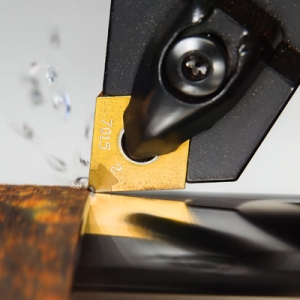
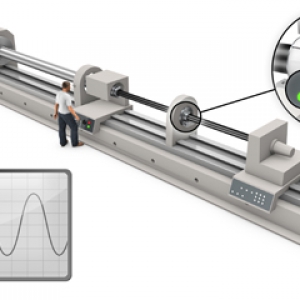
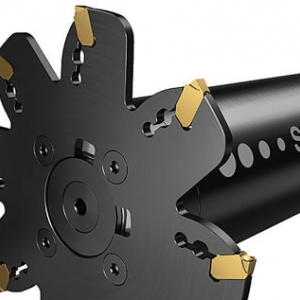
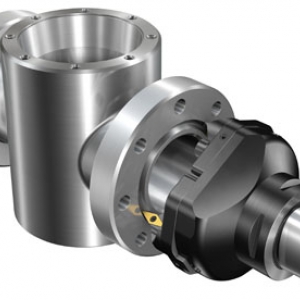
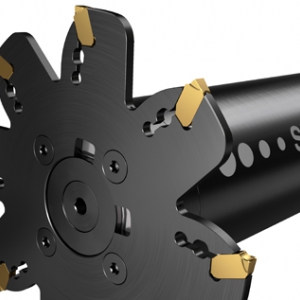



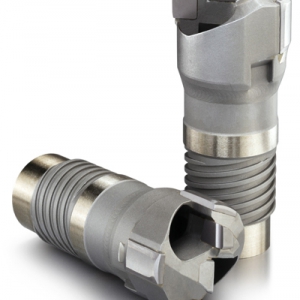

 PRODUCTS
PRODUCTS

